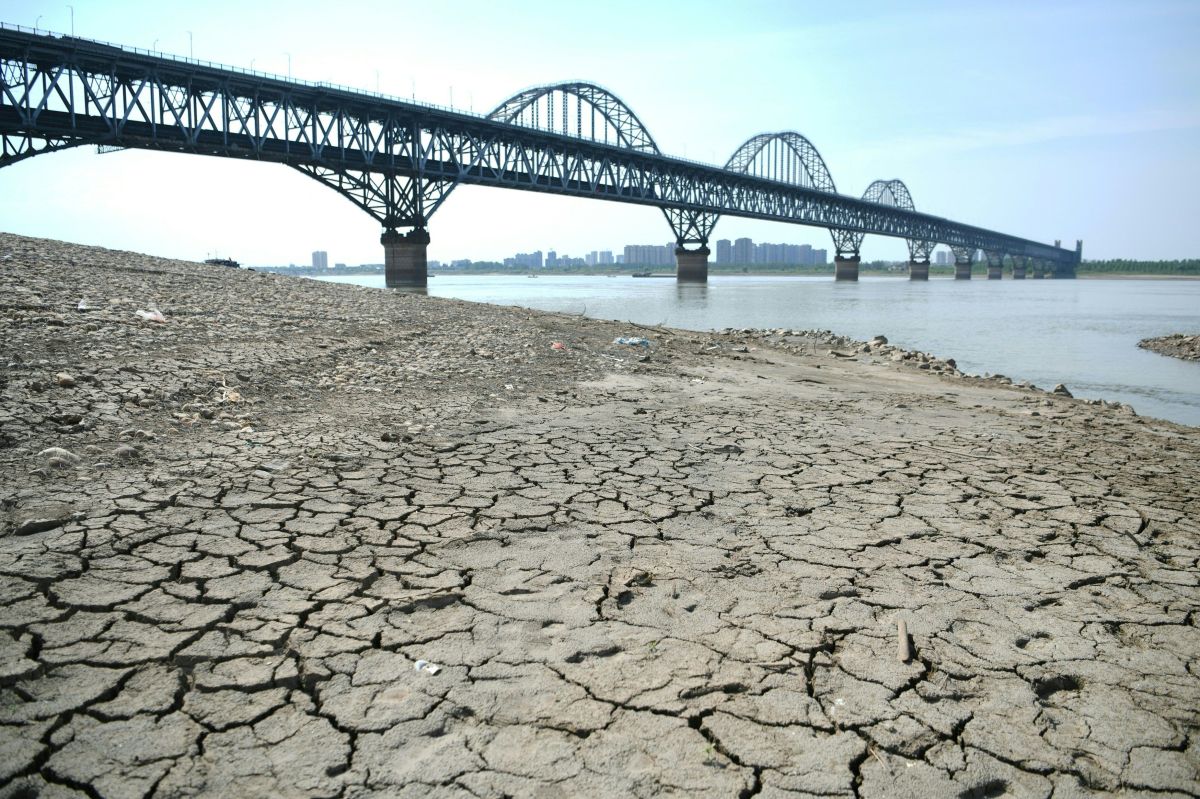Extreme heat: a danger to billions of people
If climate policy continues as usual, about 2 billion people, or 23 percent of the world's population, will be living in dangerous heat by the end of the century, according to a new study published in the journal. Environmental friendliness of nature. AND if temperatures rise sharply, about 3.3 billion… A new study has found that if climate policy continues as usual, about 2 billion people, or 23 percent of the world’s population, will be living in dangerous heat by the end of the century. The study found that 60 million people are already exposed to dangerous levels of heat, with an average temperature of 29 degrees Celsius or higher. People living in India, Sudan and Niger will be hit hard by even 1.5 degrees of warming, but 2.7 degrees could be devastating for countries like the Philippines, Pakistan and Nigeria. Cities around the world are assuming a new role as the Chief of Heating to cope with the inevitable increase in temperature, and Santiago has just launched an urban reforestation project to plant 30,000 trees throughout the city and develop strategies to use trees as part of the city’�s infrastructure. In terms of raising awareness of the dangers of the heat, Cristina Huidobro said that taking care of yourself in case of extreme heat is very simple: drink water, look for shade and rest.

게시됨 : 2 년 전 ~에 의해 Alfred ~에 Weather World
If climate policy continues as usual, about 2 billion people, or 23 percent of the world’s population, will be living in dangerous heat by the end of the century, according to a new study published in the journal. Environmental friendliness of nature. AND if temperatures rise sharply, about 3.3 billion people will live in extreme conditions.
A study by the University of Exeter in the United Kingdom and the University of Nanjing in China found that 60 million people are already exposed to dangerous levels of heat, with an average temperature of 29 degrees Celsius or higher.
Extreme heat can cause illness and even death., according to the World Health Organization (WHO). In addition, they worsen chronic conditions, indirectly affect disease transmission, air quality and critical infrastructure.
The elderly, infants, children, pregnant women and both indoor and outdoor workers, as well as athletes and the homeless, are particularly vulnerable to warmer temperatures.
Limiting warming, as in the Paris Agreement, to 1.5 degrees above pre-industrial levels, would expose 400 million people to dangerous levels of heat by the end of the century, according to the aforementioned study.
People living in India, Sudan and Niger will be hit hard by even 1.5 degrees of warming, but 2.7 degrees could be devastating for countries like the Philippines, Pakistan and Nigeria.
The researchers said their study breaks the trend of modeling climate impacts from an economic rather than a human perspective.
Ashish Ghadiali, climate activist and co-author of the paper, added that the economics-focused research model “gives more value to life in New York than in Bangladesh.”
Most other models prioritize the current population over the future: “In fact, my life is valued more than the lives of my children, and certainly more than the lives of my grandchildren.”
How to protect people from extreme heat?
Previous studies have shown that cities are very vulnerable to such a dangerous rise in temperature.due to the “heat island effect”. Buildings, roads and infrastructure absorb and radiate solar heat more than the environment. In some cases, urban temperatures can rise up to 15 degrees compared to rural areas.
For this reason, cities around the world are assuming a new role as the Chief of Heating (CHO) to cope with the inevitable increase in temperature. Cristina Huidobro took up this position in Santiago de Chile in March 2022.
“Many cities around the world are facing extreme heat, but the solutions and ways to deal with it are very, very local.Huidobro told DW about this. However, Huidobro believes that, in general terms, everyone uses a three-point strategy: prepare, understand, and adapt.
Preparedness might include classifying heat waves in the same way as other natural disasters, or setting an alert threshold to trigger a specific city response.
In terms of raising awareness of the dangers of the heat, Huidobro said that “taking care of yourself in case of extreme heat is very simple: drink water, look for shade and rest.” “No one should die from extreme heat,” he said.
The third aspect is to adapt cities to the new reality of high temperatures, in large part by creating more urban green space. Santiago has just launched an urban reforestation project to plant 30,000 trees throughout the city and develop strategies to use trees as part of the city’s infrastructure.
This is not an instant fix against the city heat as the trees take time to grow. “The idea is to try and sow the shadow that we will have in the next 20 or 30 years,” Huidobro said.
In addition, Santiago wants to plan 33 “pocket forests” to be used as climate shelters near schools and medical centers. It is an alternative to air-conditioned cooling centers being developed in the US and Europe.
